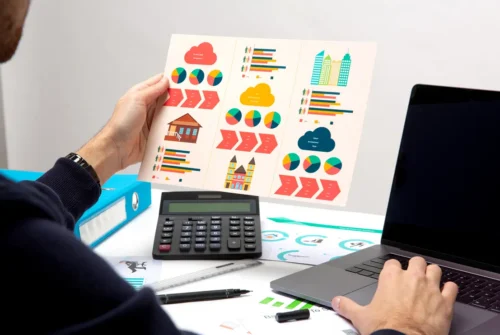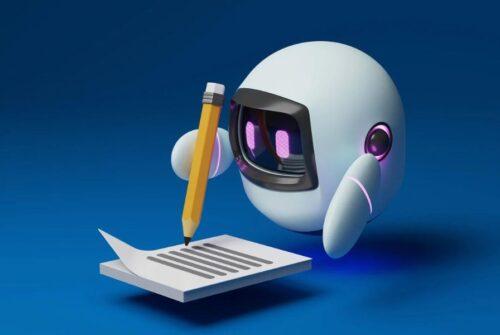
What is Personalized Learning?
In many cases, learning has adopted a one size fits all approach. This is an ineffective method of teaching because it assumes that every person learns in the same way. In actuality though, this couldn’t be further from the truth. Students and trainees have different learning preferences based on their strengths, interests, aspirations, and backgrounds.
Personalized learning aims to cater the learning experience to students individually so that they are able to learn through the methods that they prefer and at a rate that is comfortable to them. The goal of personalized learning is to encourage critical thinking among those being taught. It’s important to remember that personalized learning is not equivalent to an individualized education plan, nor is it meant to be a replacement for an individualized education plan. Personalized learning is an approach to general education that can benefit all students or trainees and may be implemented alongside individualized education plans for people with learning struggles.
Some of the key characteristics of personalized training are:
- Flexible pacing: Personalized learning’s speed should be flexible and reflect the capabilities of the learner. Ensure that students feel like they have any amount of time they need to grasp all of the content of a lesson.
- Varied learning strategies: The teaching strategies implemented in a personalized learning plan should cater individually to the learner. As previously mentioned, every student learns in different ways and at different paces. It is the instructor’s responsibility to adapt to the student, not the other way around.
- The learner’s voice is heard: The learner should be able to express their preferred learning style and instructors should take what they say into consideration. Two-way communication is paramount in creating a personalized learning program.
- Demonstration learning: Students of personalized learning should learn through demonstrations whenever possible, so they are prepared to put what they have learned into practice. Demonstrations are also more engaging to learners than more simple teaching methods such as reading and memorizing.
Photo by Anna Shvets from Pexels
Benefits of Personalized Learning
The benefits of personalized learning range from increased learner achievement to improved student or trainee engagement. For example, students who have a lesson plan catered to their individual learning style will be more interested in the lesson and in turn become more engaged with the content of the lesson. In the same way, a professional trainee will better remember the material of their training module if it encourages critical thinking rather than if that module would require the trainee to memorize a set of best practices.
Online Personalized Training
Personalized training in the digital age relies heavily upon VILT, or virtual instructor-led training. A common misconception of virtual instructor-led training is that it is a boring one-way style of teaching; however, when properly crafted, virtual instructor-led training should be an engaging process for both the training consultant and the trainee. Good virtual instructor-led training should be designed with the learner as the number one priority and always include frequent two-way communication. Learners should always feel as though the instructors have their best interests in mind and be comfortable enough to communicate with them. Virtual training also has the added benefits of flexibility and reduced costs.
Personalized Learning Strategies
Set an Objective and Allow Students to Show Initiative
Allowing learners to show initiative is absolutely crucial in personalized learning. By setting an objective but allowing the students to decide on how to meet that objective, they’ll become much more engaged and likely to remember the curriculum. For example, when you hand your learner an assignment to complete, be sure to give them a definite goal to work towards but allow the learner to come to a conclusion on the best method of reaching that goal.
Take Advantage of Online Conferences
Videos have been proven to increase learner engagement with the materials of a lesson, but videos can become stale because they only allow for one-way communication. Online conferences will not only allow learners to hear from experts but also provide them with an opportunity to engage with that expert remotely. As previously mentioned, two-way communication is important in facilitating personalized learning because of the engagement it spurs.
Introduce Reflective Learning
Reflective learning is a process wherein students are able to monitor their own progress and understand how much they have learned. It is important to always have a training consultant that gives students positive feedback for their progress as it will keep them engaged and encourage them to continue learning.
BIO
Ivan Serrano is a web journalist living in the Bay Area of California. He mainly focuses his work on social media, small business, and finance. When he isn’t planted at his desk writing something up, he’ll be wandering around town practicing photography or watching his favorite sports teams with his friends.





